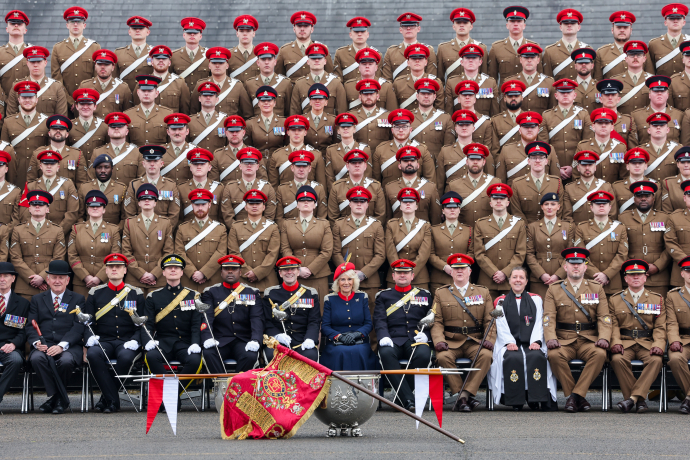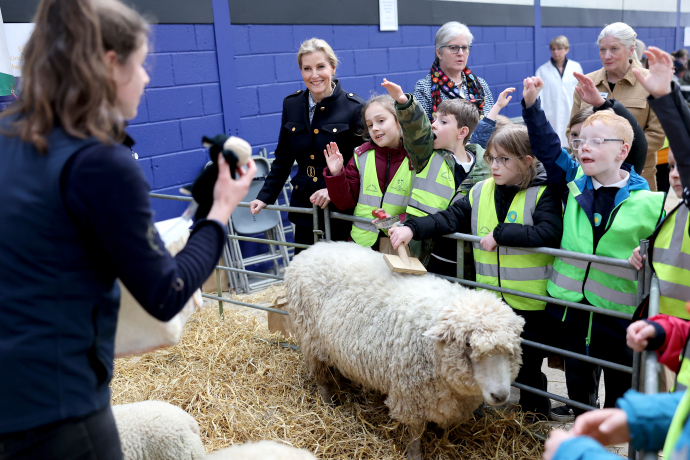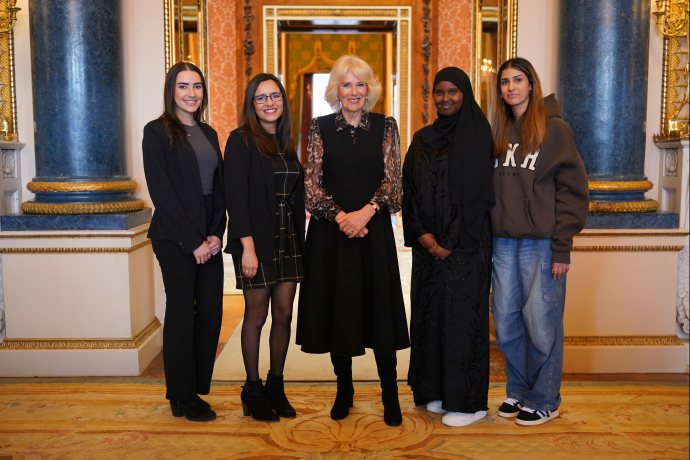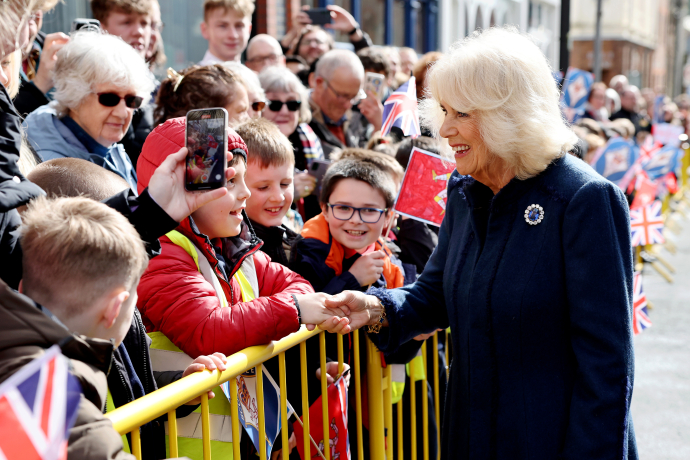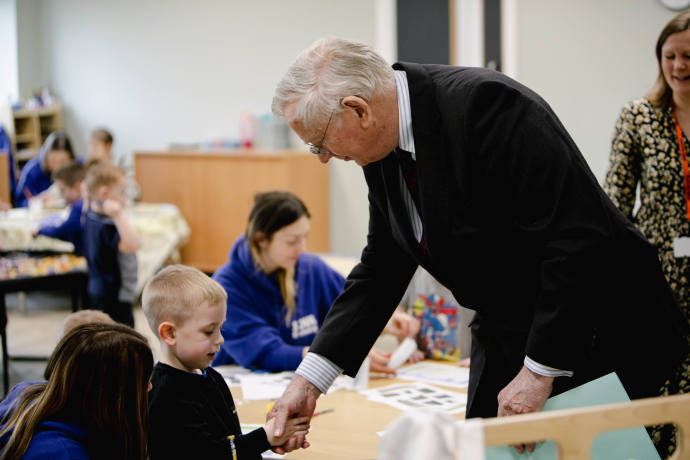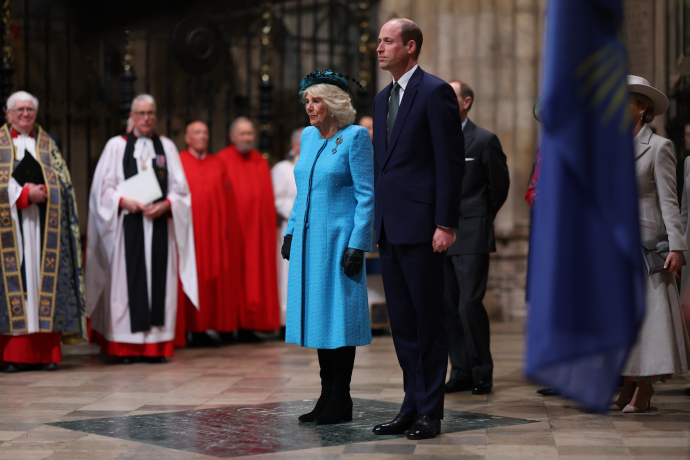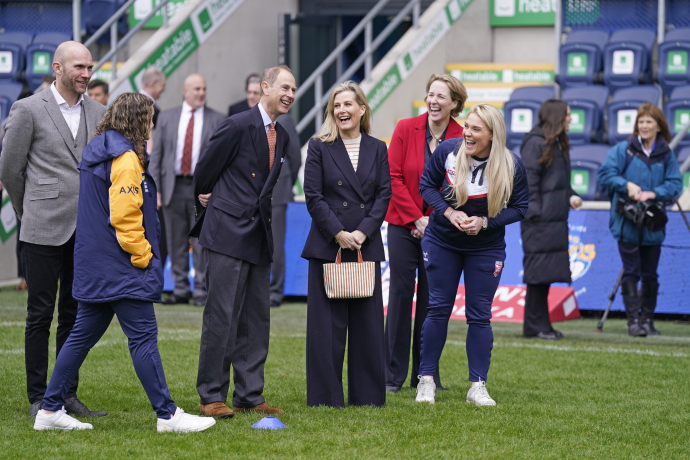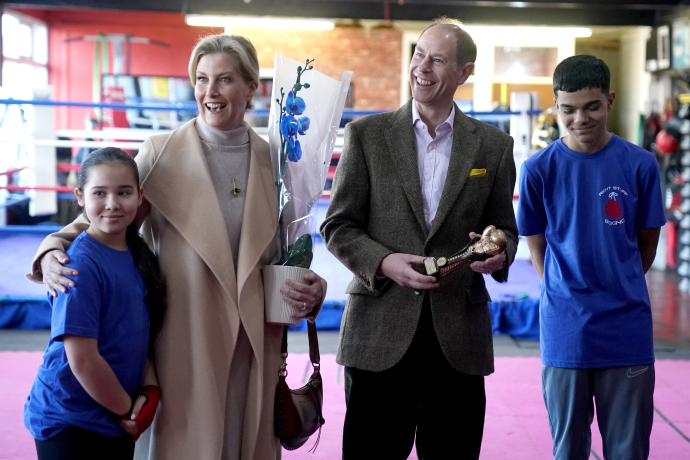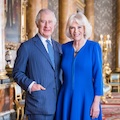He spent his youth at the Court of his brother-in-law Henry I of England and in about 1113-14 married Matilda, daughter of Waltheof, Earl of Huntingdon and widow of Simon de Senlis. As a result of the marriage, he held the Earldom of Northampton and the Honour of Huntingdon, with a legitimate claim to a large part of England.
David succeeded his brother Alexander as King of Scots in 1124. He was by then in his mid-40s, and was famous for his piety. Indeed, he was later criticised as being 'a sair sanct for the croun' [too pious to make a successful monarch] but in fact his generosity to the Church and his foundation of many abbeys including Holyrood, Melrose and Dryburgh, and sees such as Caithness, Dunblane and Aberdeen, had sound practical reasons too. The monks improved the country's economy by engaging in sheep farming, coal working and salt making.
David issued the first Scottish silver coinage; he also reorganised civil institutions and founded royal burghs (such as Stirling, Perth and Dunfermline). David extended feudal tenure by granting land to Anglo-Normans in return for feudal services, and appointed them as royal officials such as sheriffs and justiciars. David encouraged Anglo-French immigration.
In the 1130s, David met with resistance in Moray and the north; hitherto ruled by an independent dynasty, Moray was annexed and reorganised by David.
When Henry I of England died in 1135, and the succession of his daughter Matilda was disputed by King Stephen, David I invaded England, ostensibly on behalf of his niece Matilda. However, he was also taking advantage of the confusion resulting from the civil war in England, and using the opportunity to try to extend his kingdom southwards.
Although he was defeated at the Battle of the Standard, near Northallerton in Yorkshire, on 22 August 1138, he continued his campaign until, in 1139, the Treaty of Durham confirmed his possession of Northumberland.
In 1149 he persuaded Henry II, Matilda's son, to give him an undertaking that Scotland could retain Northumberland, Cumberland and Westmorland.
David's surviving son Earl Henry (named after Henry I of England) died in 1152.
David himself died at Carlisle, Cumberland on 24 May 1153, aged about 73. He was buried in Dunfermline, where he had extended the church into an abbey in commemoration of his parents.
Ailred of Rievaulx wrote 'who can estimate the good done to the world by this gentle, just, chaste and humble ruler, loved for his gentleness, feared for his justice...'
Image: Silver penny of David I of Scotland © Trustees of the British Museum



